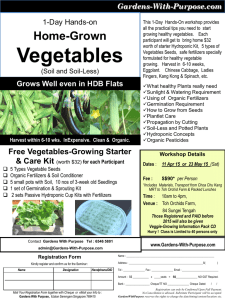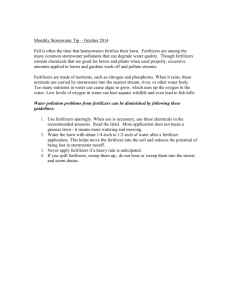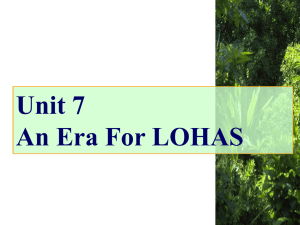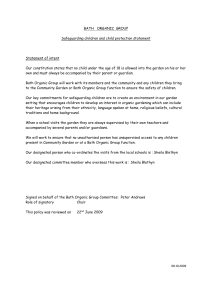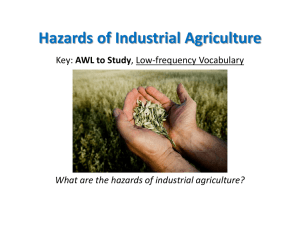Organic and Synthetic Fertilizers at the Chicago Botanic Garden
advertisement
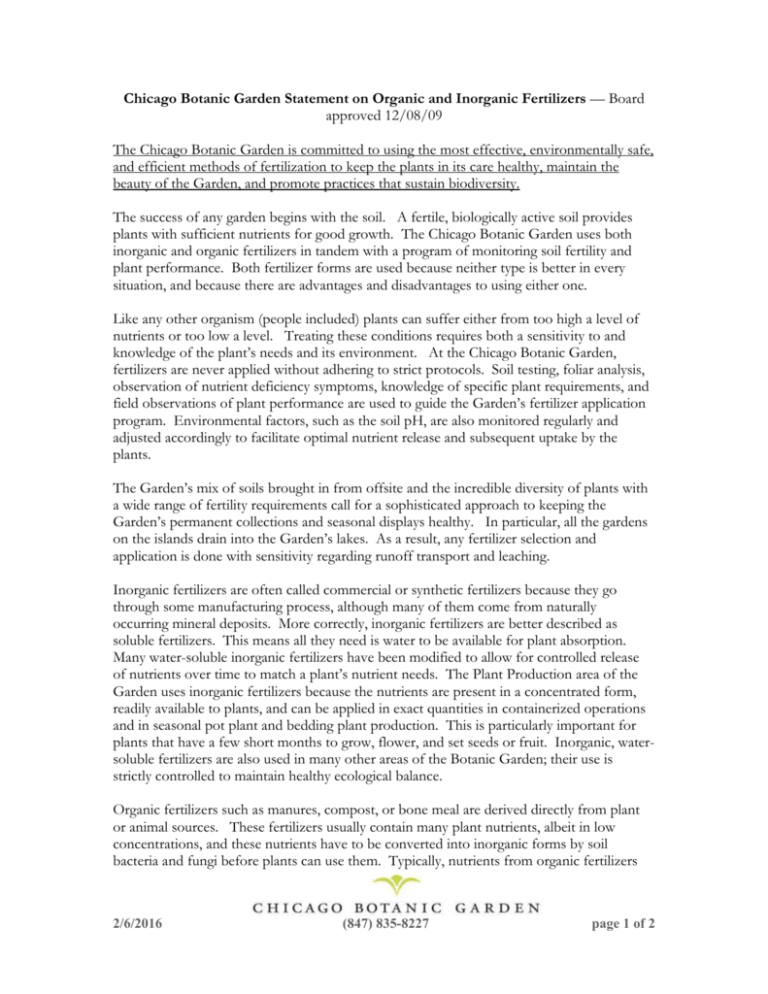
Chicago Botanic Garden Statement on Organic and Inorganic Fertilizers — Board approved 12/08/09 The Chicago Botanic Garden is committed to using the most effective, environmentally safe, and efficient methods of fertilization to keep the plants in its care healthy, maintain the beauty of the Garden, and promote practices that sustain biodiversity. The success of any garden begins with the soil. A fertile, biologically active soil provides plants with sufficient nutrients for good growth. The Chicago Botanic Garden uses both inorganic and organic fertilizers in tandem with a program of monitoring soil fertility and plant performance. Both fertilizer forms are used because neither type is better in every situation, and because there are advantages and disadvantages to using either one. Like any other organism (people included) plants can suffer either from too high a level of nutrients or too low a level. Treating these conditions requires both a sensitivity to and knowledge of the plant’s needs and its environment. At the Chicago Botanic Garden, fertilizers are never applied without adhering to strict protocols. Soil testing, foliar analysis, observation of nutrient deficiency symptoms, knowledge of specific plant requirements, and field observations of plant performance are used to guide the Garden’s fertilizer application program. Environmental factors, such as the soil pH, are also monitored regularly and adjusted accordingly to facilitate optimal nutrient release and subsequent uptake by the plants. The Garden’s mix of soils brought in from offsite and the incredible diversity of plants with a wide range of fertility requirements call for a sophisticated approach to keeping the Garden’s permanent collections and seasonal displays healthy. In particular, all the gardens on the islands drain into the Garden’s lakes. As a result, any fertilizer selection and application is done with sensitivity regarding runoff transport and leaching. Inorganic fertilizers are often called commercial or synthetic fertilizers because they go through some manufacturing process, although many of them come from naturally occurring mineral deposits. More correctly, inorganic fertilizers are better described as soluble fertilizers. This means all they need is water to be available for plant absorption. Many water-soluble inorganic fertilizers have been modified to allow for controlled release of nutrients over time to match a plant’s nutrient needs. The Plant Production area of the Garden uses inorganic fertilizers because the nutrients are present in a concentrated form, readily available to plants, and can be applied in exact quantities in containerized operations and in seasonal pot plant and bedding plant production. This is particularly important for plants that have a few short months to grow, flower, and set seeds or fruit. Inorganic, watersoluble fertilizers are also used in many other areas of the Botanic Garden; their use is strictly controlled to maintain healthy ecological balance. Organic fertilizers such as manures, compost, or bone meal are derived directly from plant or animal sources. These fertilizers usually contain many plant nutrients, albeit in low concentrations, and these nutrients have to be converted into inorganic forms by soil bacteria and fungi before plants can use them. Typically, nutrients from organic fertilizers 2/6/2016 (847) 835-8227 page 1 of 2 are released slowly over time, especially during cold weather when soil microbes are not as active. Apart from nutrient release, organic fertilizers may improve water holding capacity and movement into the soil, microbial activity, and, in time, add structure to the soil. The public has many questions about food production and one of the most popular topics and areas of public concern is organic gardening. The Chicago Botanic Garden has transitioned to growing with organic methods including organic fertilizer in its Regenstein Fruit and Vegetable Garden as well as off-site at Windy City Harvest and Green Youth Farm facilities due to public interest and the benefits to soil and biodiversity of organic fertilizers enumerated above. While a strict use of organic fertilizers will not feed the growing world population, use of organic fertilizers often works well in backyard gardens and truck farming patches. The USDA defines organic production as a “production system that is managed…to respond to site-specific conditions by integrating cultural, biological, and mechanical practices that foster cycling of resources, promote ecological balance, and conserve biodiversity.” For simplicity, the Garden defines organic gardening as a managed, renewable process that parallels what occurs in nature. Fertilizers used in the Fruit and Vegetable Garden are approved by the OMRI (Organic Materials Review Institute). The Garden is actively experimenting with various organic gardening techniques to find which are most effective given our climate and soil conditions. The Garden will continue to evaluate the use of both organic and inorganic fertilizers as new science becomes available. The Garden stresses that all individuals and entities that use either inorganic or organic fertilizers need to use Good Agricultural and Gardening Practices (“GAGP’s”), that do no harm to soil or water. 2/6/2016 (847) 835-8227 page 2 of 2

